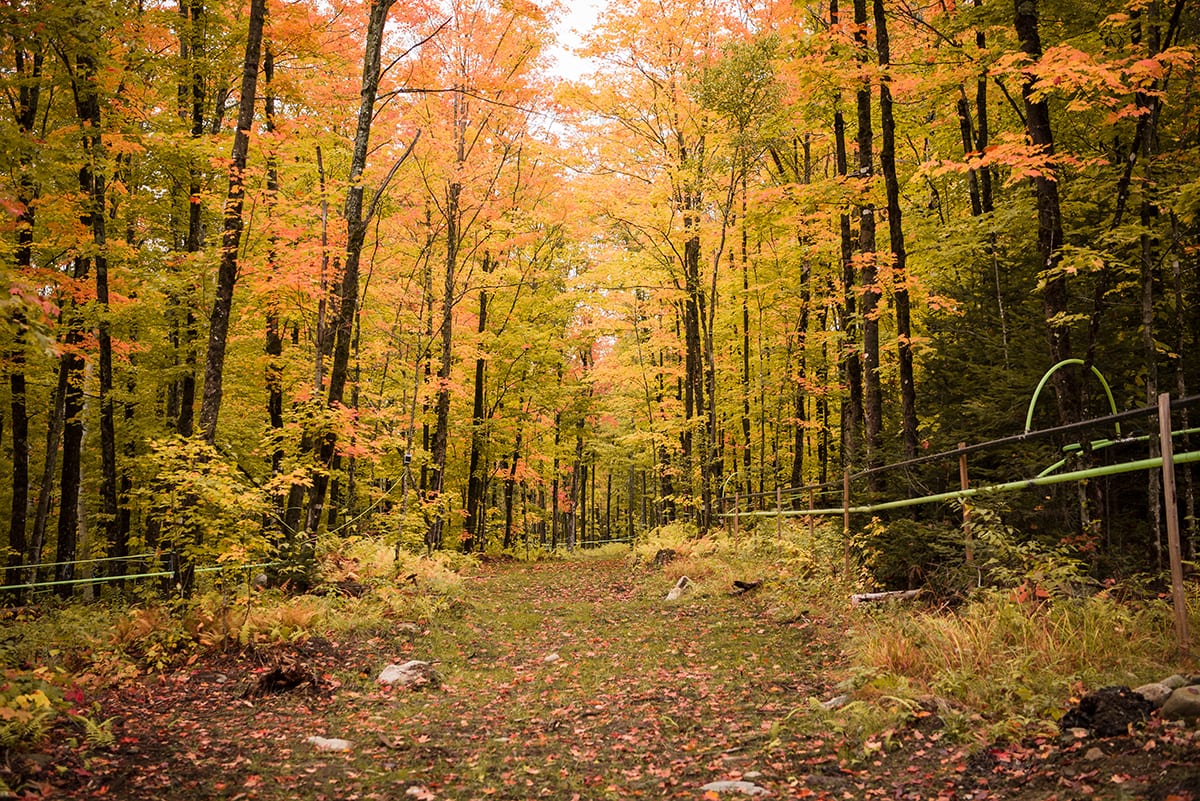 New Hampshire’s forests are a valuable and renewable natural resource—but they’re also just plain beautiful. While every season provides its own spectacle—from spring’s green buds and thrumming sounds to winter’s quite peacefulness—nothing is as quintessentially “New England” as autumn’s showy leaves. But what do all of those different colors mean? And why are some fall foliage seasons, well, a little dull?
New Hampshire’s forests are a valuable and renewable natural resource—but they’re also just plain beautiful. While every season provides its own spectacle—from spring’s green buds and thrumming sounds to winter’s quite peacefulness—nothing is as quintessentially “New England” as autumn’s showy leaves. But what do all of those different colors mean? And why are some fall foliage seasons, well, a little dull?
When longer nights and cooler weather cause the predominant green color, which is caused by chlorophyll, to fade, we get treated to the other pigments within the leaves. This is when the golds, yellows, reds, and oranges begin to shine through.
Red and burgundy colors are caused by compounds called anthocyanins, the same pigments that give red, purple, and even blue foods their color (and their antioxidant nutritional properties). They are produced during late summer, when bright sun and sugars combine in the leaf’s cells.
Yellow, gold, and orange colors come from carotenoids, which are always present in the leaf but can’t be seen until chlorophyll production slows. These pigments also color foods like carrots and flowers like marigolds.
So, for example, a bright yellow aspen will have loads of carotenoids, while a red oak will be packed with anthocyanins. Sugar maples, with their flaming red-orange leaves, have a mix of the two pigment types. Different combinations and amounts of these compounds result in a whole array of colors—and a whole lot of pretty.
If fall foliage colors are caused by pigment compounds, why are some autumns more bleak than peak? Blame it on the weather. A stretch of warm, sunny days and crisp nights that stay above freezing in early autumn results in the best display. Late springs, rainy summers, and too-warm falls can all put a damper on the show. Other factors, such as soil pH, disease, and stress, can also affect a tree’s leaf colors and when it drops its leaves.
For that reason, autumn leaves offer more than just beauty. Paying attention to the colors they are showing us can alert us to changes going on in a forest. Hey—if it helps us monitor the health of our sugar bush, we promise to pay extra attention to the splendor of a New Hampshire autumn. Any excuse to ride out into the woods and enjoy the view!

Recent Comments